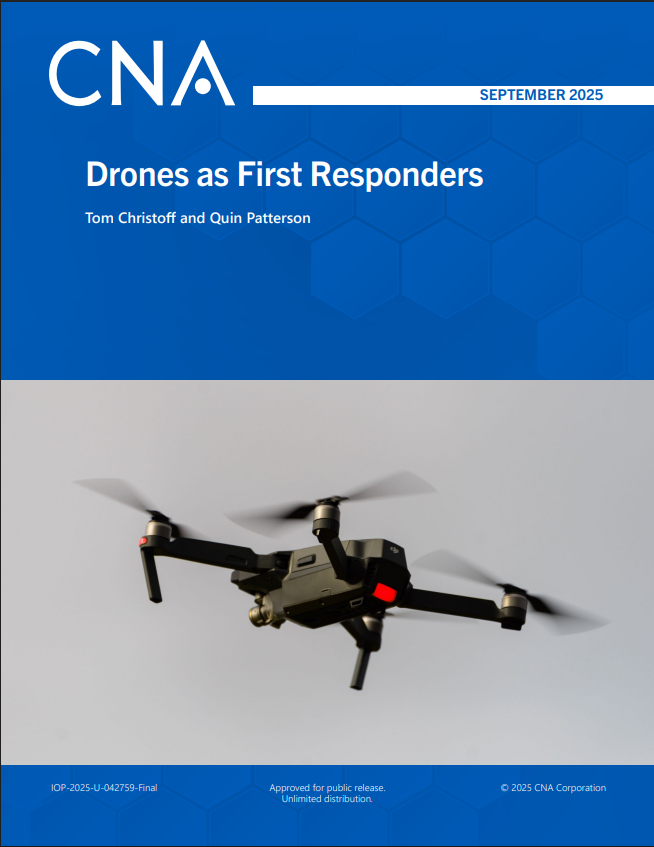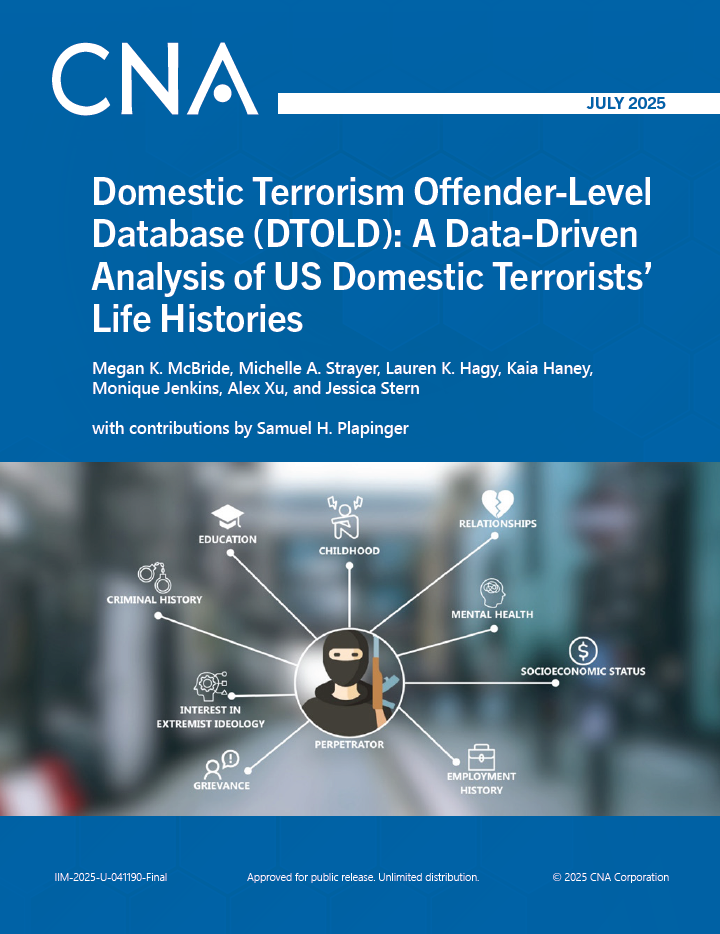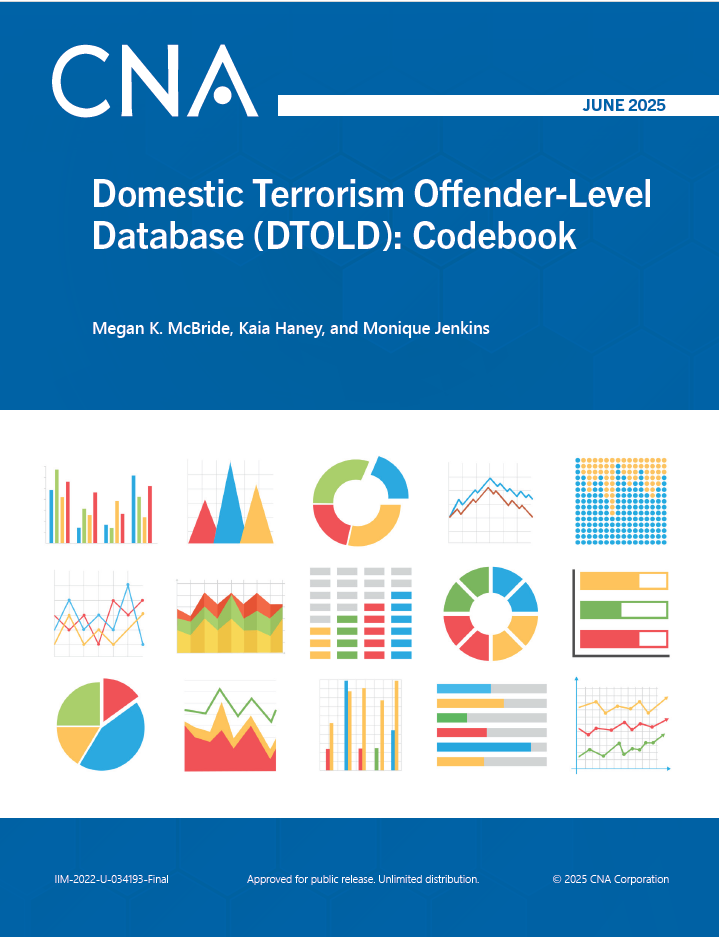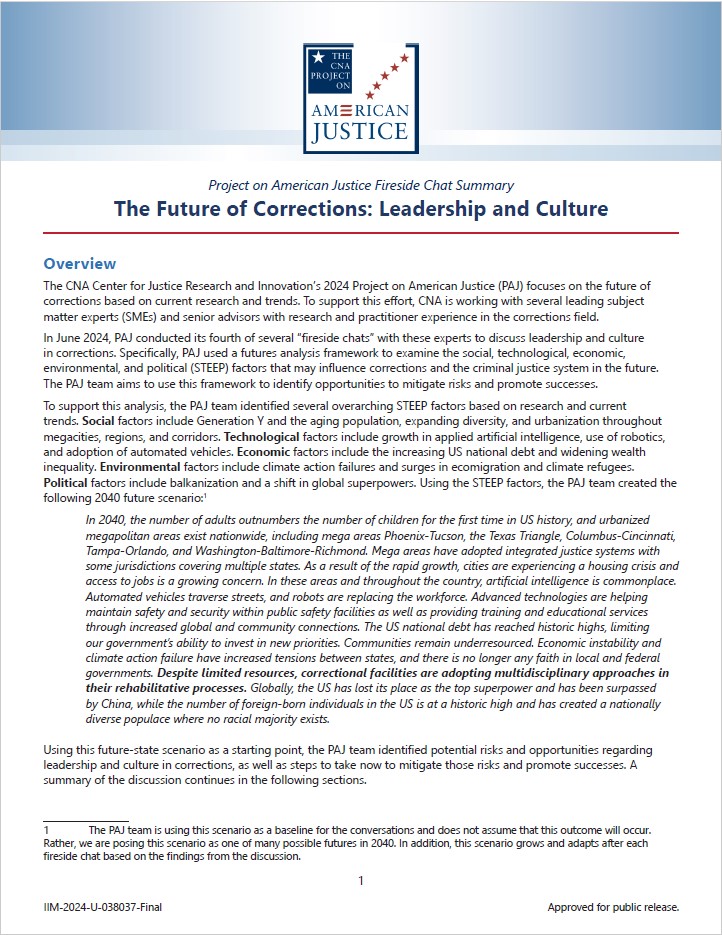The use of drones by hobbyists and professionals alike has steadily grown in recent years, with 822,039 drones registered with the Federal Aviation Administration (FAA) as of July 2025 (Federal Aviation Administration, n.d.). What was once considered military technology is now used daily by civilians throughout the United States. Over the past decade, law enforcement agencies across the nation have also begun exploring drones’ capacity to aid in calls for service, help find lost persons, track suspects, and document evidence at a scene. In large part, this increase in drone use is because of the wide range of tools and software with which a drone can be equipped, including optical cameras (4K, visual, thermal, hyperspectral), light detection and ranging, radio frequency identification sensors, Wi-Fi sensors, microphones, biometric sensors, Global Positioning System (GPS), and odor detectors. These tools provide law enforcement with a substantial range of information, including imagery (visual, thermal, infrared), audio, telemetry, location, identity, and behavioral information.
Because drones are a relatively new tool for law enforcement, a basic understanding of them is necessary for any agency considering drone use. Within this document, we discuss critical topics surrounding drones in law enforcement—including their history, financial costs, benefits, legal and ethical factors, and policy implications—to provide background and insights for law enforcement agencies in their pursuit of drones as a tool for first response.
Throughout this document, we use the term drones but recognize that many names are used for these devices, including uncrewed aerial vehicles, uncrewed aerial systems, and remotely piloted aircraft systems. We define drones as aircraft that operate without an onboard pilot, instead being controlled remotely or autonomously through sophisticated software. Drones can be either multirotor (e.g., quadcopters) or fixed wing. However, we refer primarily to multirotor drones; they are the type that is most commonly used in law enforcement because they can be deployed anywhere and can hover and ascend and descend vertically.
Download reportApproved for public release. Unlimited distribution.
Details
- Pages: 16
- Document Number: IOP-2025-U-042759-Final
- Publication Date: 10/9/2025




